May 20, 2025
Unlocking the Power of Email Marketing: Transforming $1,000 into $45,000
In this comprehensive guide, we will explore the transformative potential of email marketing, revealing how a modest investment can yield substantial returns. Drawing from Alex Hormozi's insights, we will delve into effective tactics that can help businesses harness the power of email to drive sales and engagement.
Introduction to Email Marketing
Email marketing is a powerful tool that allows businesses to connect with their audience directly. It enables brands to communicate effectively, share updates, and promote products or services. Unlike social media, where visibility can be influenced by algorithms, email ensures that your message reaches the intended recipient. With the right strategy, email marketing can significantly enhance customer engagement and drive sales.
Why Email Marketing Matters
Despite the rise of other digital marketing channels, email remains a cornerstone of effective marketing strategies. It offers a direct line to customers who have already expressed interest in your brand. This makes it a cost-effective way to nurture leads and convert them into loyal customers.
The Value of Email: ROI Explained
One of the most compelling reasons to invest in email marketing is its impressive return on investment (ROI). Reports indicate that for every dollar spent on email marketing, businesses can expect an average return of $35 to $45. This incredible ROI is largely due to the low cost of sending emails compared to traditional marketing methods.
Understanding the ROI
- Low Cost: Email marketing platforms are relatively inexpensive, and the primary cost is usually associated with the software used to send campaigns.
- High Engagement: Emails are often opened and read, leading to higher conversion rates when compared to other channels.
- Leverage Existing Contacts: You already have a list of contacts who are interested in your brand, making it easier to reach out to them.
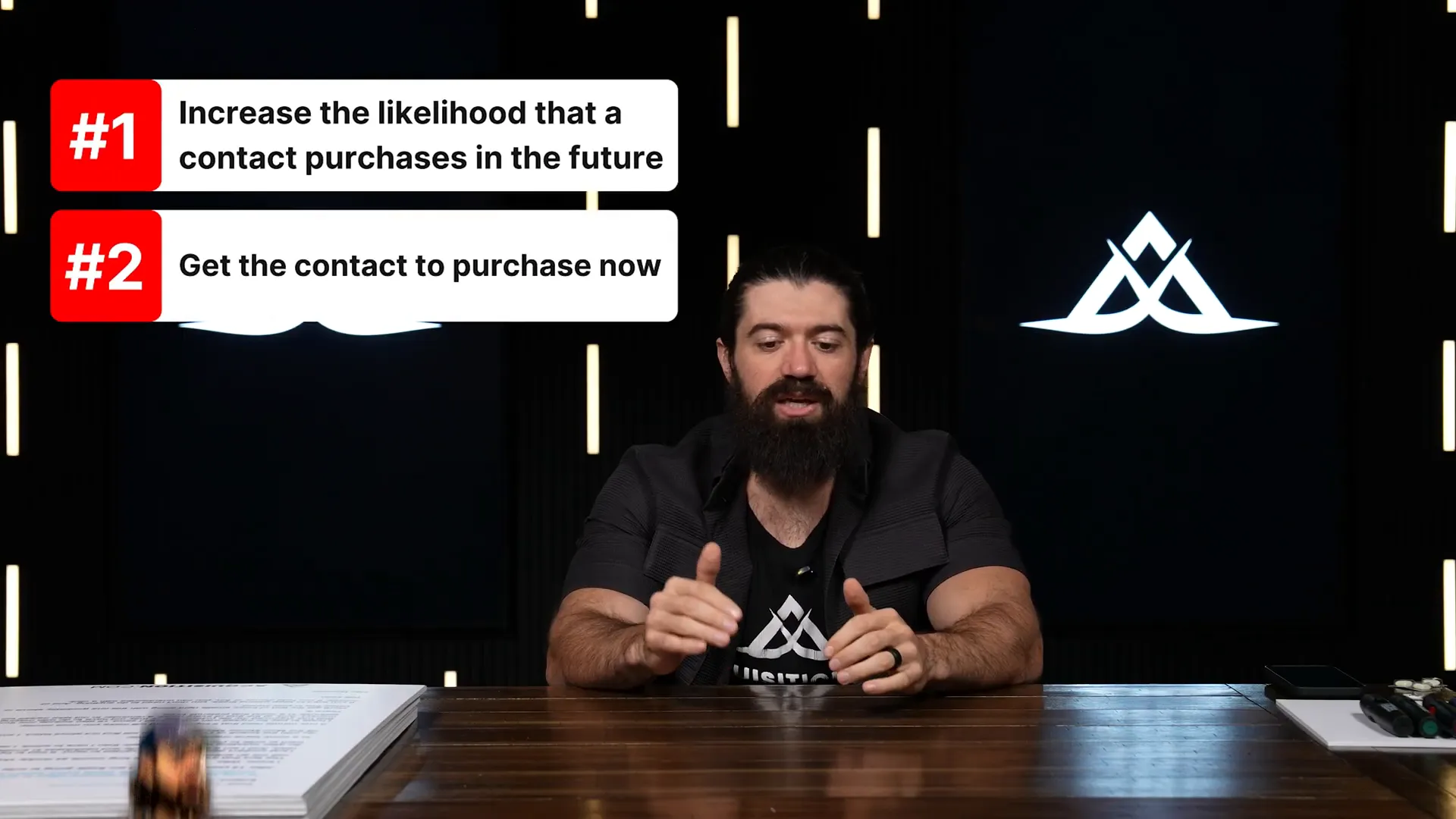
Leveraging Existing Contacts
One of the biggest advantages of email marketing is the ability to leverage existing contacts. These are individuals who have already shown interest in your products or services. By nurturing these relationships, you can encourage repeat purchases, increase customer loyalty, and ultimately boost revenue.
Strategies to Maximize Existing Contacts
- Segment Your List: Divide your email list into segments based on customer behavior, preferences, or demographics to tailor your messaging.
- Personalization: Use personalized content to make your emails more relevant to each recipient, increasing the chances of engagement.
- Regular Communication: Keep in touch with your contacts through regular updates, newsletters, or promotional offers to maintain interest.

Understanding Email Consumption Trends
Email remains one of the most consumed media platforms today. Statistics show that 61% of people check their emails multiple times a day, and 20% check them multiple times an hour. This high engagement rate makes email an effective channel for businesses to reach their target audience.
Demographics of Email Users
Email usage is consistent across various age groups. Whether your audience is in their teens or seniors, the likelihood of them engaging with emails is high. This uniformity across demographics means you can confidently reach a broad audience through email marketing.

Defining Email Objectives
Every successful email marketing campaign starts with clear objectives. Knowing what you want to achieve with your emails will guide your content and strategy. Common objectives include increasing sales, promoting new products, or building brand awareness.
Setting SMART Goals
- Specific: Define exactly what you want to accomplish.
- Measurable: Ensure that you can track your progress and measure success.
- Achievable: Set realistic goals that can be accomplished within your resources.
- Relevant: Align your goals with your overall business objectives.
- Time-bound: Set a timeline to achieve your goals.

My First Email Experience
Starting with email marketing can be daunting, especially if you haven’t done it before. My first email was simple, yet it carried significant meaning. I used a catchy subject line and a relatable quote to engage my audience right from the start.
Lessons Learned from My First Email
- Be Authentic: Authenticity resonates with readers. Sharing personal insights can create a connection.
- Keep It Short: Aim for brevity. Your audience appreciates concise messages that respect their time.
- Provide Value: Always aim to deliver something beneficial in your emails, whether it’s a tip or an insight.

Addressing Unsubscribes
Unsubscribes are an inevitable part of email marketing. Rather than viewing them negatively, it’s important to understand their role in maintaining a healthy email list. A high unsubscribe rate can often indicate that your content isn’t resonating with your audience.
Strategies for Managing Unsubscribes
- Make Unsubscribing Easy: Allow users to opt-out easily. A complicated process can frustrate recipients.
- Analyze Feedback: When users unsubscribe, consider asking why. This feedback can help improve future campaigns.
- Focus on Engagement: Instead of keeping uninterested contacts on your list, focus on engaging those who are genuinely interested.

The Importance of Segmentation
Segmentation is a game changer in email marketing. It allows you to tailor your messages to specific groups within your audience, leading to increased engagement and higher conversion rates. By segmenting your email list based on criteria such as demographics, purchase history, or engagement level, you can ensure that your audience receives content that is relevant and appealing to them.
For instance, if you have a list of subscribers interested in different product lines, sending targeted emails to each group can significantly improve your open and click-through rates. This is where GFunnel shines, offering powerful tools to help you segment your audience effectively.

Benefits of Segmentation
- Higher Engagement: Tailored content resonates more with recipients, making them more likely to engage.
- Improved Conversion Rates: When your emails match the interests of your recipients, they're more likely to take action.
- Reduced Unsubscribe Rates: Sending relevant content decreases the likelihood of subscribers opting out.

Crafting Effective Subject Lines
Your subject line is the first thing your audience sees, and it can make or break your email's success. A compelling subject line grabs attention and encourages users to open the email. It's essential to experiment with different styles and lengths to see what resonates best with your audience.
Using A/B testing can help you determine which subject lines yield the highest open rates. GFunnel provides analytics tools that make it easy to track the performance of your subject lines over time.
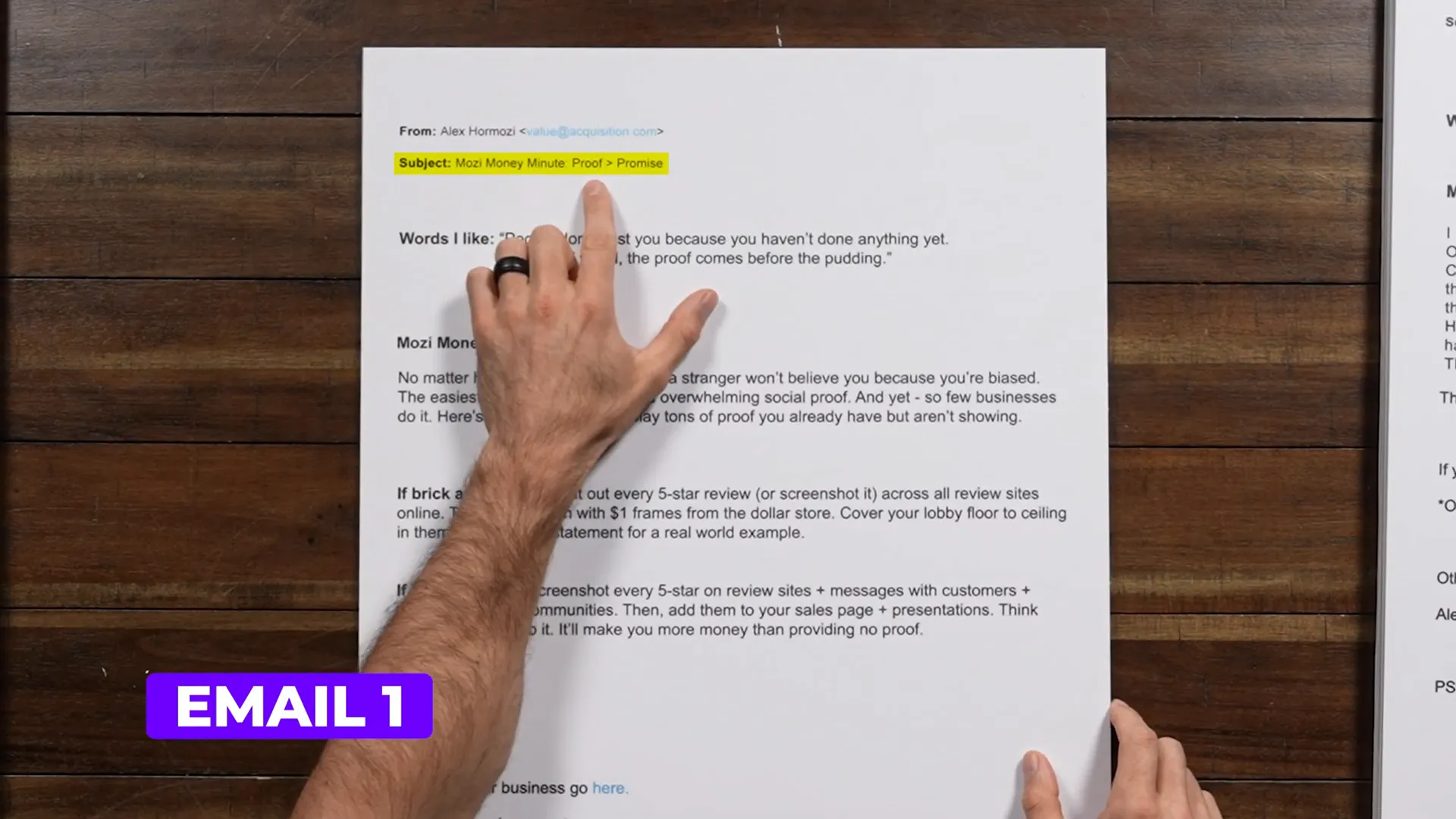
Tips for Writing Subject Lines
- Keep It Short: Aim for 6-10 words to ensure it displays well on all devices.
- Use Actionable Language: Encourage readers to take action, such as "Discover," "Join," or "Learn."
- Incorporate Personalization: Adding the recipient's name can enhance engagement.

Structuring Your Emails
The structure of your email plays a crucial role in how your message is received. An organized layout helps guide the reader's eye and keeps them engaged. Start with a strong introduction, followed by the main content, and conclude with a clear call to action (CTA).
Using headers and bullet points can break up text and make your email easier to digest. GFunnel offers customizable templates that can help you create visually appealing emails that maintain your brand's identity.

Email Structure Best Practices
- Use Clear Headings: Make it easy for readers to scan your email.
- Keep Paragraphs Short: Limit each paragraph to 2-3 sentences for better readability.
- Include Visuals: Images or graphics can enhance your message and keep readers engaged.
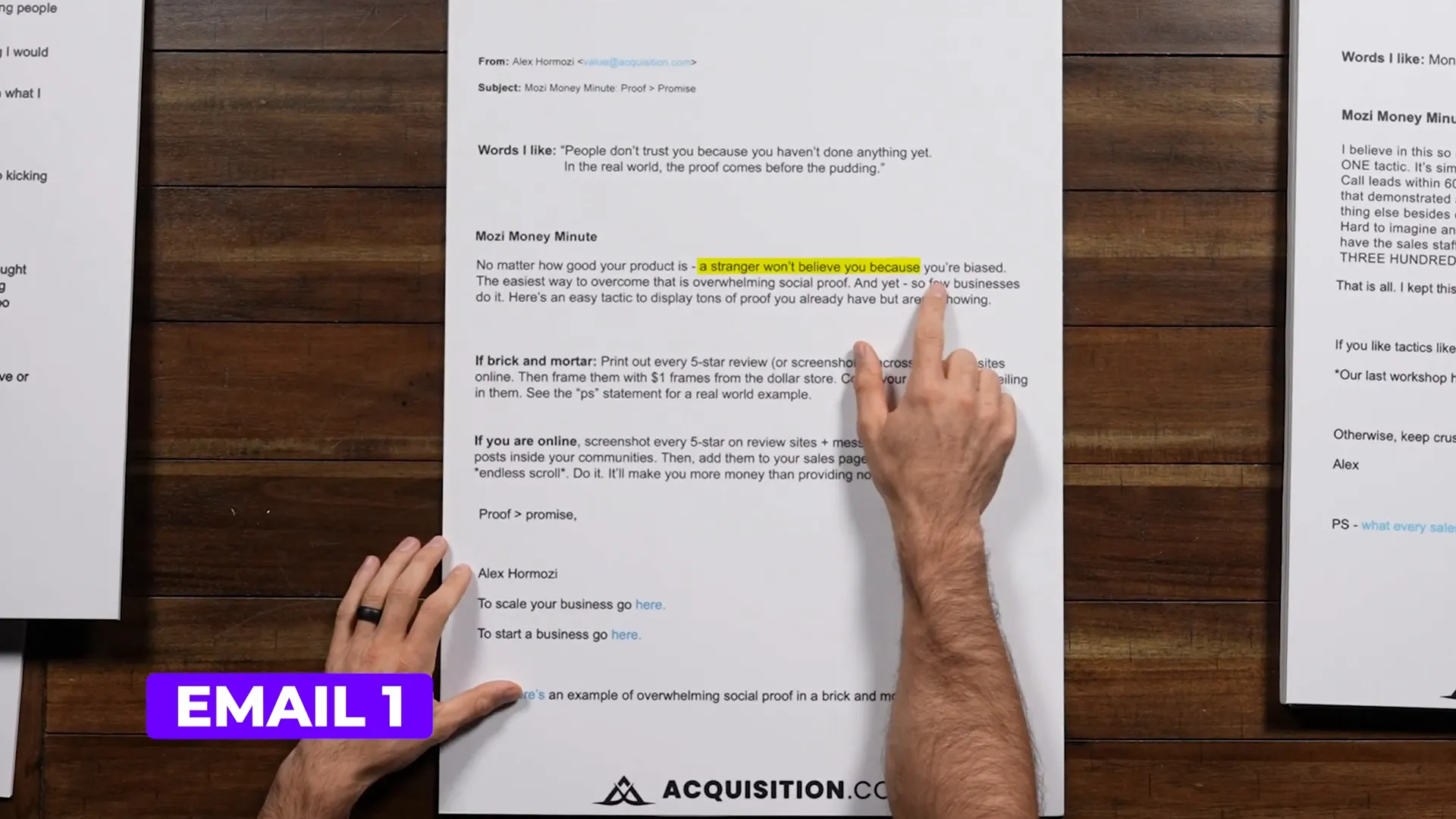
Delivering Value in Under a Minute
In today's fast-paced world, your audience appreciates concise information. Aim to deliver value quickly, ideally within a minute of reading. This ensures that even busy readers can extract actionable insights without feeling overwhelmed.
Consider using a quick tip, statistic, or a short story to convey your message effectively. GFunnel's features allow you to track engagement metrics, helping you refine your approach based on what resonates with your audience.

Strategies for Quick Value Delivery
- Utilize Bullet Points: Highlight key information succinctly.
- Focus on One Main Idea: Keep your email centered around a single, impactful message.
- Include a Quick Tip: Offer a simple, actionable tip that readers can implement immediately.

Optimizing for Mobile Devices
With a significant percentage of emails being opened on mobile devices, optimizing your emails for mobile viewing is essential. A mobile-friendly design ensures that your message is accessible and visually appealing, regardless of the device used to view it.
Make sure your emails are responsive, meaning they automatically adjust to fit the screen size. GFunnel provides tools to preview how your emails will look on various devices, ensuring a seamless experience for all users.

Mobile Optimization Best Practices
- Use a Single Column Layout: This format is easier to read on smaller screens.
- Optimize Images: Ensure images are appropriately sized to load quickly without losing quality.
- Test Your Emails: Always preview your emails on mobile devices before sending.
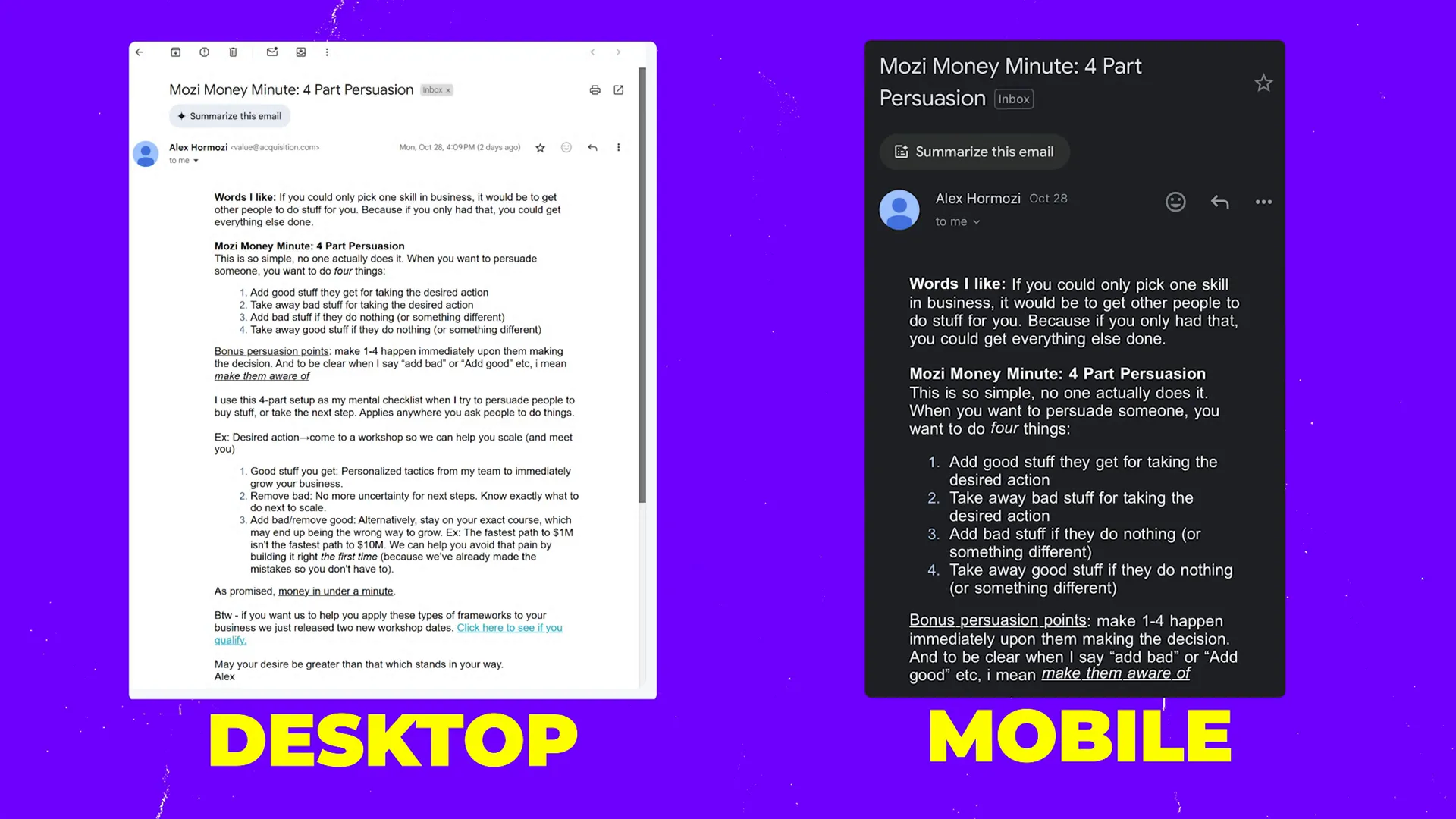
Maintaining a Consistent Layout
Consistency in your email layout helps establish your brand identity and sets expectations for your audience. A recognizable format will make your emails feel familiar, encouraging readers to engage more regularly.
Experiment initially to find what works best, then stick to that format. GFunnel's email design tools allow you to create templates that can be reused, ensuring consistency across your campaigns.

Elements of a Consistent Layout
- Brand Colors and Fonts: Use your brand's colors and fonts for a cohesive look.
- Standard Header and Footer: Include your logo and contact information in every email.
- Regular Content Sections: Maintain similar sections across emails for predictability.
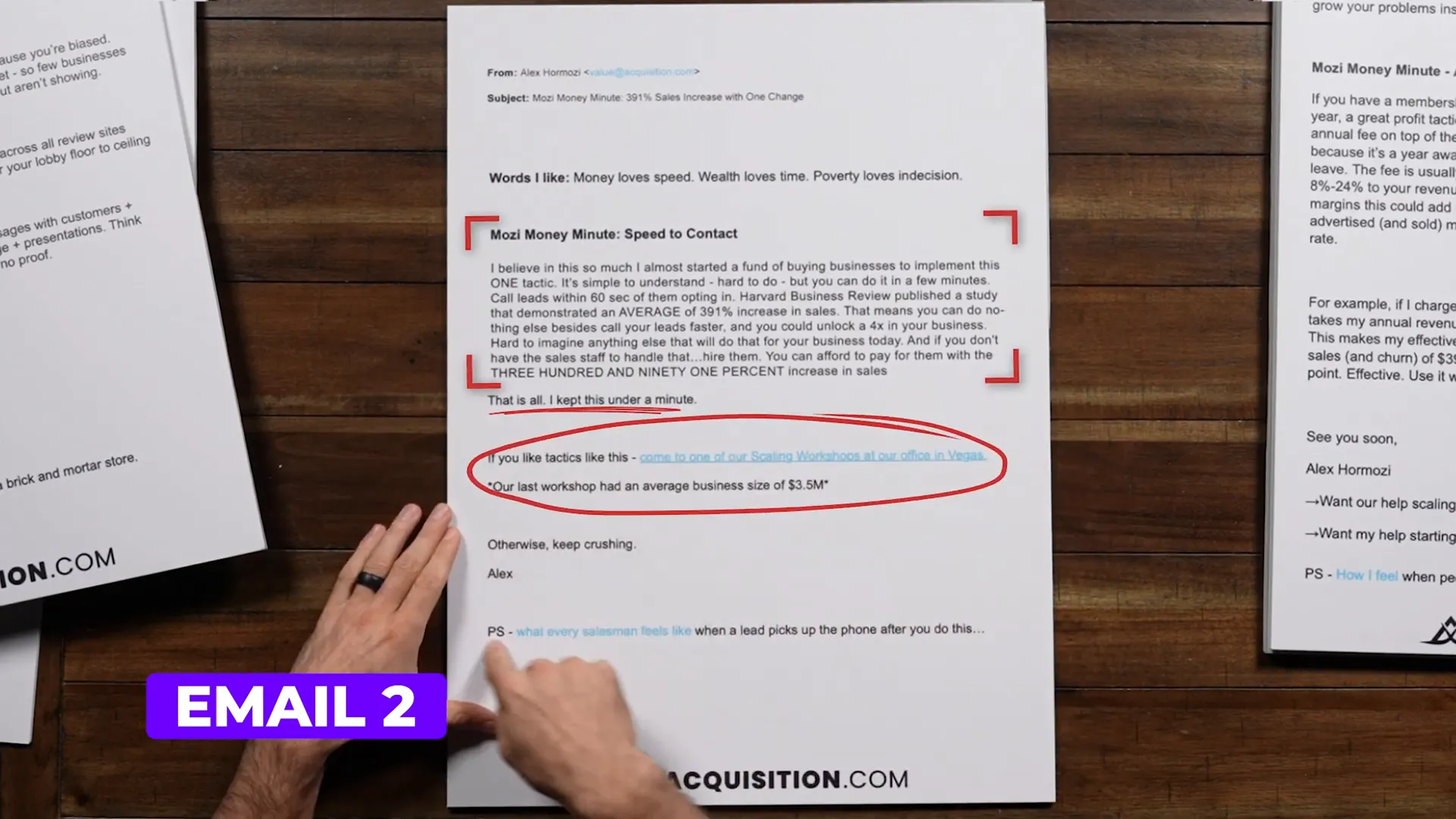
The Importance of a Clear Call to Action
A clear and compelling call to action (CTA) is vital for guiding your readers toward the desired outcome. Whether it's visiting your website, signing up for a webinar, or making a purchase, your CTA should be prominent and persuasive.
Make sure your CTA stands out visually and is easy to understand. GFunnel provides tools to create eye-catching buttons and links that can drive conversions effectively.
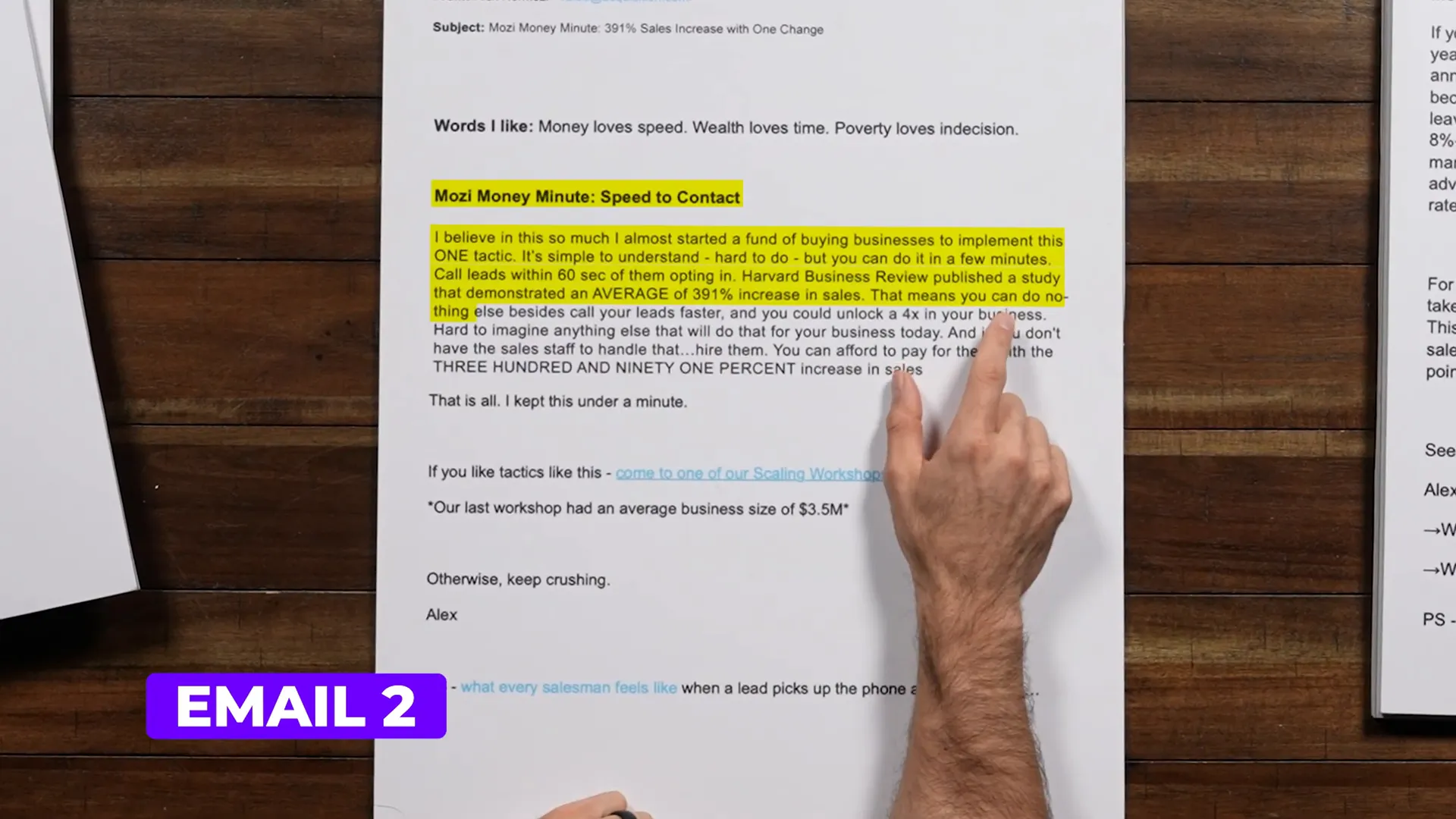
Best Practices for Creating CTAs
- Use Action-Oriented Language: Phrases like "Get Started" or "Join Now" encourage action.
- Make It Visually Distinct: Use contrasting colors to ensure your CTA stands out.
- Limit the Number of CTAs: Focus on one primary action to avoid overwhelming your readers.
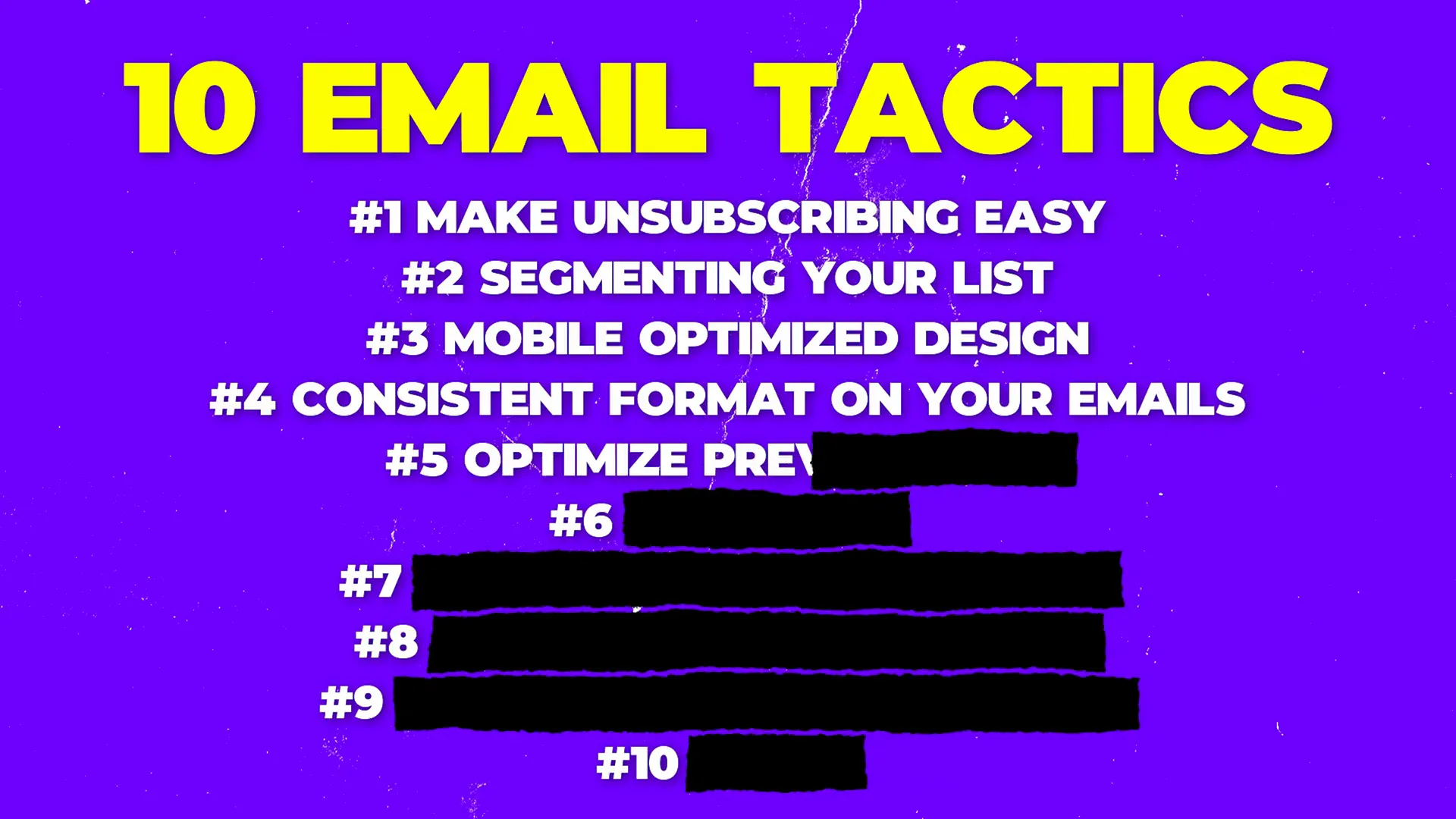
Timing Your Emails for Maximum Impact
Timing your emails effectively can significantly enhance open and click-through rates. Research indicates that the timing of your emails can influence how likely recipients are to engage with your content. Understanding your audience's habits is crucial for optimizing your email delivery schedule.
For B2C emails, Mondays and Tuesdays generally see better open rates, as people are settling into their week. In contrast, B2B emails tend to perform better on Wednesdays, when professionals are more likely to engage with content after getting through the initial week’s workload.
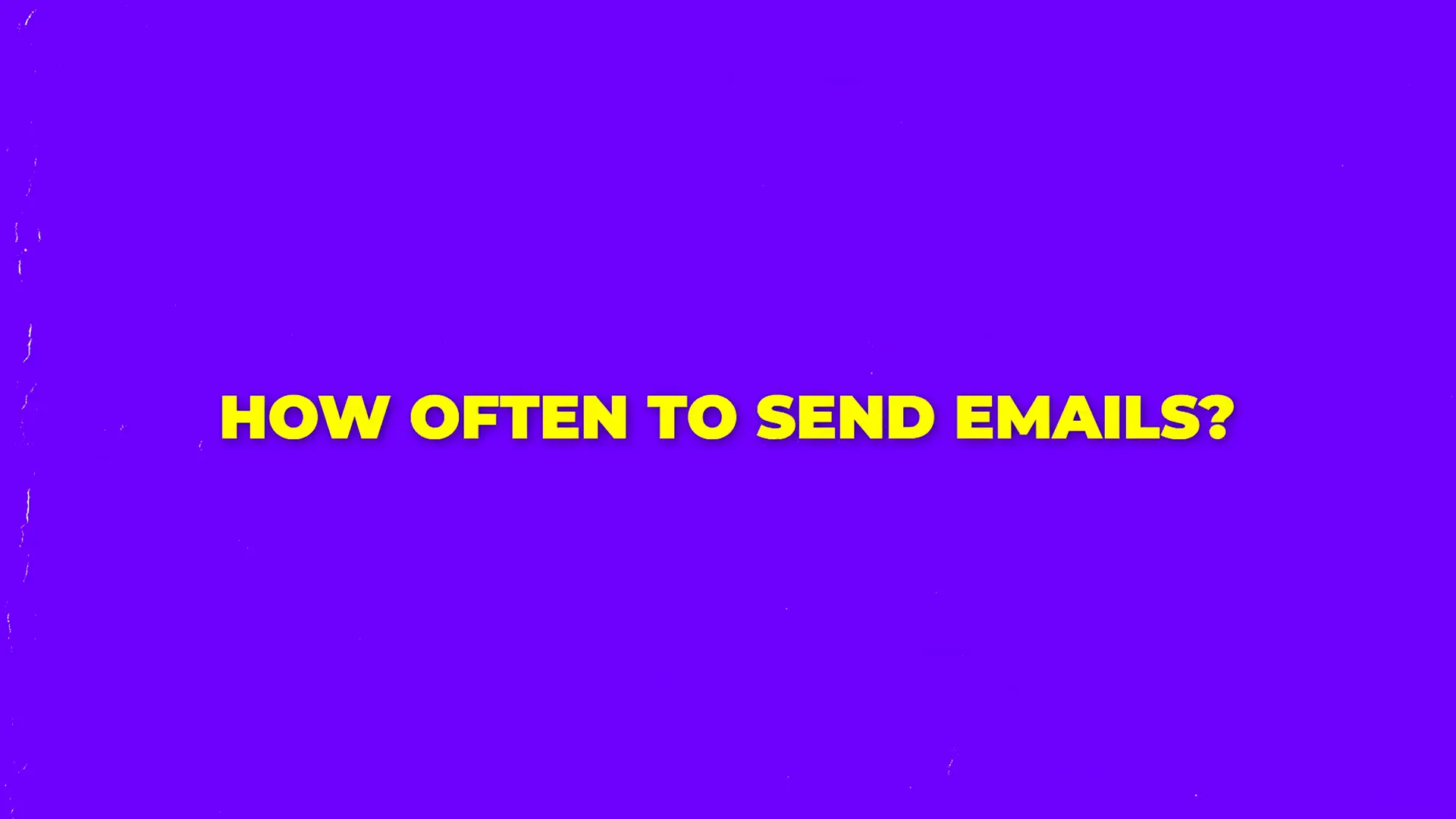
Best Times to Send Emails
- Mid-Morning (10 AM - 12 PM): People are checking their emails after settling into their day.
- Post-Lunch (1 PM - 3 PM): After lunch, many return to their desks and check emails again.
- Midweek (Wednesday): Ideal for B2B emails, as people are less distracted and more focused.

The Power of Testimonials in Emails
Testimonials can be a powerful tool in your email marketing arsenal. They build trust and credibility with your audience, showcasing real experiences from satisfied customers. When used effectively, testimonials can significantly enhance the persuasive power of your emails.
To maximize the impact of testimonials, focus on crafting compelling stories that highlight the challenges your customers faced and how your product or service helped them overcome those issues.

Crafting Effective Testimonials
- Use Pain-Based Hooks: Start with a relatable problem to draw readers in.
- Include Specific Results: Detail the positive outcomes that resulted from your product or service.
- Keep It Authentic: Real stories resonate better than scripted testimonials.

Engaging Your Audience Post-Opt-In
After someone opts into your email list, maintaining engagement is crucial. This is the time to reinforce their decision to subscribe and provide them with valuable content that encourages them to stay connected with your brand.
One effective strategy is to send a welcome email that outlines what subscribers can expect from your communications. Offering exclusive content or bonuses can also incentivize them to remain engaged.

Strategies for Continued Engagement
- Regular Updates: Keep your audience informed about new products, services, or insights.
- Exclusive Content: Provide subscribers with access to content they can’t find anywhere else.
- Encourage Interaction: Ask subscribers to reply to emails or engage with your content on social media.

Tracking Open and Click-Through Rates
Monitoring your open and click-through rates (CTR) is essential for evaluating the effectiveness of your email campaigns. Open rates indicate how many people are engaging with your subject lines, while CTR tells you how well your content drives action.
For instance, an average open rate of around 36% and a CTR of 8.5% can serve as benchmarks for your campaigns. By analyzing these metrics, you can identify trends and adjust your strategies accordingly.

Improving Your Metrics
- Subject Line Optimization: A/B test different subject lines to see what resonates best with your audience.
- Content Quality: Ensure your email content provides real value to encourage clicks.
- Consistent Testing: Regularly test different sending times and frequencies to find what works best for your audience.

Advanced Tactics: A/B Testing and More
A/B testing is a powerful method for optimizing your email campaigns. By comparing two versions of an email, you can identify which elements drive better engagement and conversions.
Consider testing various components such as subject lines, email layouts, and CTAs. This data-driven approach allows you to refine your strategy continually, ensuring that your emails resonate with your audience.
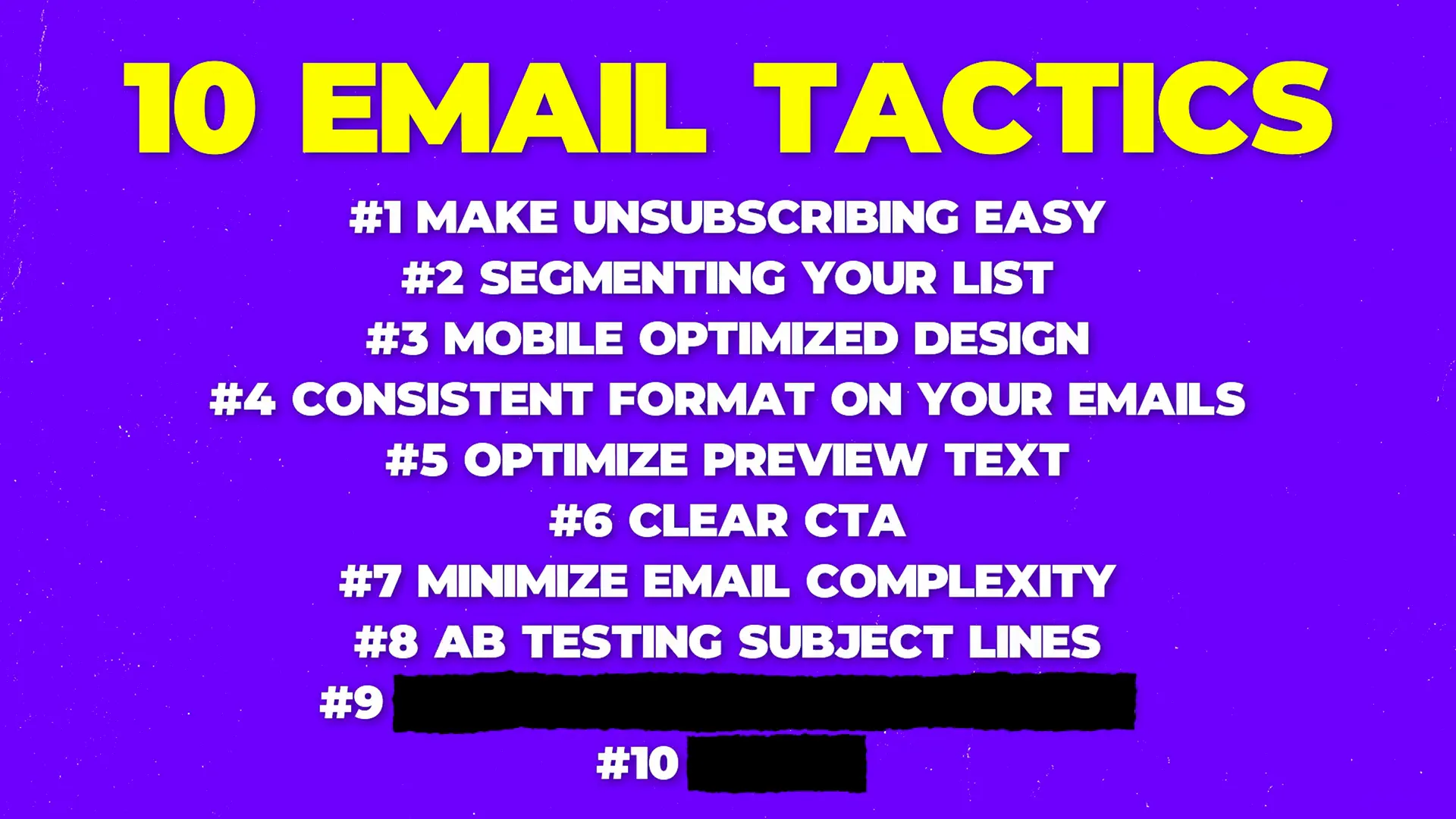
Effective A/B Testing Strategies
- Test One Element at a Time: Isolate changes to see what specifically impacts performance.
- Use a Sufficient Sample Size: Ensure you have enough recipients to draw meaningful conclusions.
- Analyze Results Thoroughly: Look beyond open rates; examine CTR and conversions to gauge true effectiveness.

Conclusion: Embracing Email Marketing
Email marketing offers unparalleled opportunities for businesses to connect with their audience, drive engagement, and boost sales. By implementing the strategies discussed in this guide, including effective timing, leveraging testimonials, and employing A/B testing, you can maximize the impact of your email campaigns.
Embrace the power of email marketing with GFunnel, an all-in-one business ecosystem that equips you with the tools to streamline your campaigns and optimize your results. Start leveraging email marketing today to transform your business and achieve your goals.
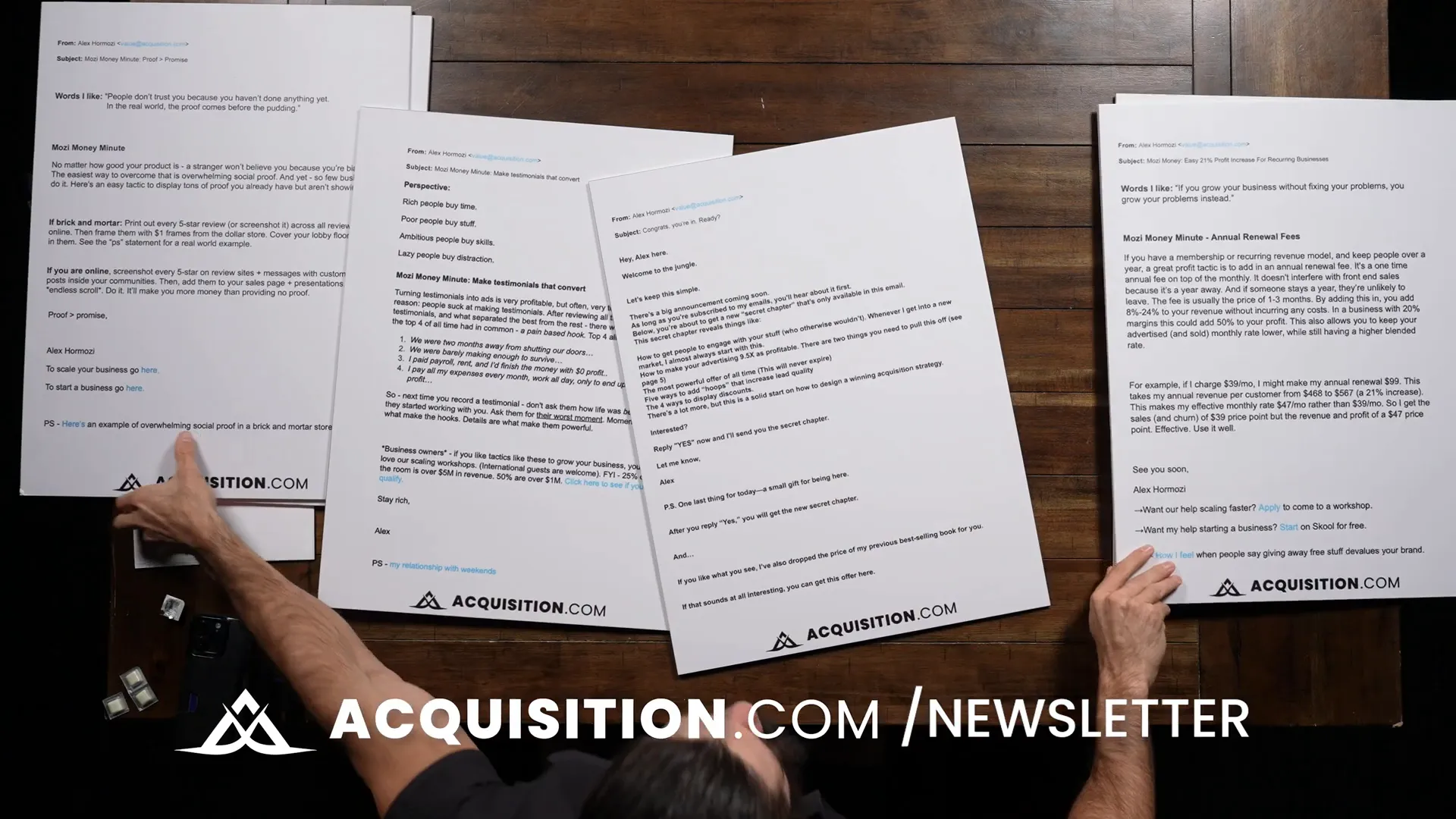
Made with VideoToBlog